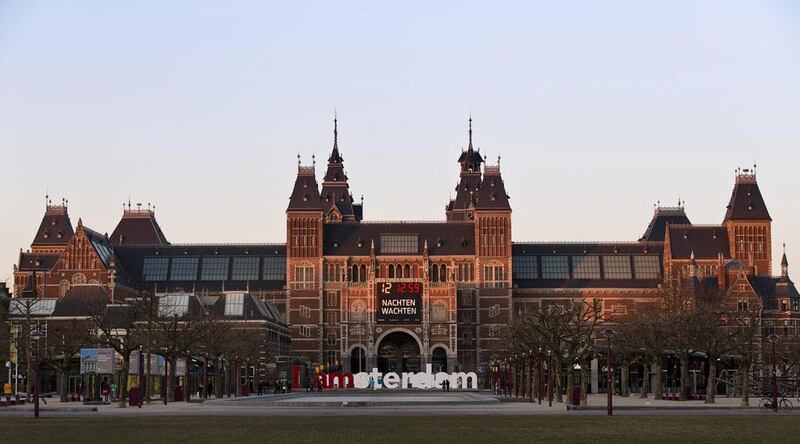The genteel world of museums has been rocked by a controversy this week. News that Amsterdam’s Rijksmuseum will change the title and description of works of art to remove offensive terms has sparked a debate online and in the media.
The Rijksmuseum will change titles to remove words like “Negro”, “Mohammedan” (an offensive 19th-century term for Muslims), “Indian” (to refer to indigenous peoples) and “dwarf”. The museum says it has received complaints about some titles.
The reaction has come in swiftly. Cries of political correctness, even censorship, have been levelled at the museum. One of the most compelling arguments is that these titles and words are historical and that by changing the title, the curators are changing the history of the work. One example the museum has given is a painting by Dutch artist Simon Maris, now called Young Girl Holding a Fan, but previously called Young Negro Girl.
“Negro” was once a commonly used description of people with black skin. Now it is offensive. Critics of the changing of the name point out that viewers should know the artist’s historical context to properly understand the work.
Still, names of artworks are rarely set in stone. The most famous painting in the western canon, Leonardo da Vinci’s Mona Lisa, was not always known by that name. Even today, it is known in France as La Joconde. In the Rijksmuseum itself is Rembrandt’s most famous painting, known as The Night Watch. But that is not its title. Instead, it is Militia Company of District II under the Command of Captain Frans Banninck Cocq.
Times change and the ideas of curators do too. As more Western art from the past three centuries is purchased, exhibited and studied in the Middle East, this will be a live question for curators in this region. If a title wasn’t given by the artists themselves, can it be changed? We open the question to our readers.





